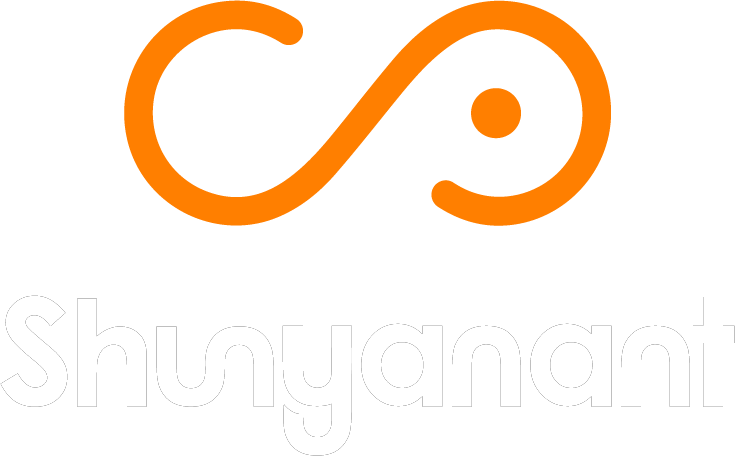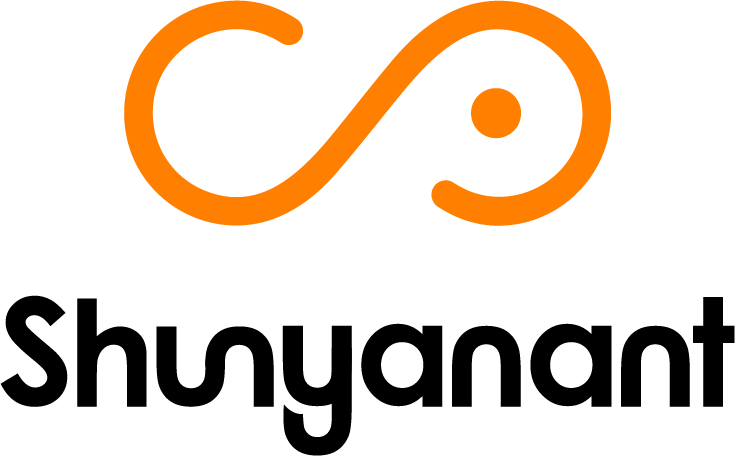Tools for Remote Video Production to Collaborate in 2025
The world of video production has evolved, and collaboration is no longer limited by geography. With teams scattered across different places, time zones, continents, and work cultures, remote video production has become the new norm. Full-scale productions are being conceptualized, executed, and delivered with team members working from different corners of the world and it has become the preferred way of working.
Table of Contents
- Why is Remote Video Production Here to Stay?
- The Role of Collaboration Tools in Remote Video Production
- Tools for Remote Video Production
- Remote Video Production Tool Comparison Table
- Case Study of Remote Video Production
- Conclusion: The Future of Video Production is Collaborative
- Frequently Asked Questions (FAQs) related to Remote Video Production
As workflows become more distributed, the challenge is about staying creative, efficient, and adaptable. The tools we use for collaboration play a critical role in shaping how smoothly projects run, how quickly teams respond, and how seamlessly ideas flow from pre-production to final export. All this relies heavily on the tools that connect, enable, and empower creative teams. They help bridge the gap between physical distance and creative alignment and enable teams to make decisions in real time and review assets instantly. It also helps in maintaining high-quality standards, no matter where each contributor is located.
As professionals, it’s critical to stay informed, curious, and open to the tools that help, adapt, collaborate, and thrive in this new normal. Let’s explore the tools that are empowering modern creators to work smarter and collaborate better, no matter where they are in the world.
Why is Remote Video Production Here to Stay?
Post-pandemic, production companies, marketing agencies, and in-house content teams quickly realized that you don’t need to be in the same room to create powerful and professional videos.
According to Statista, the share of employees working remotely worldwide rose from 20% in 2020 to 28% in 2023, showing a steady increase in remote work adoption globally. For video teams, this translated into adopting virtual tools for everything, from scripting and scheduling to editing and delivery.
Remote video production also lets you enjoy other benefits, apart from working remotely from anywhere. Like it also allows you to:
- Access global talent pools
- Work with flexible timelines
- Lower production costs
- Offer faster turnaround to clients
- Maintain operations even in unpredictable situations
Due to these benefits, remote video production is here to stay and the adoption of remote work by companies will increase in the coming future.

The Role of Collaboration Tools in Remote Video Production
Video production is a highly collaborative process. Every stage requires tight coordination between creatives, producers, editors, clients, and stakeholders. Without the right tools, teams might face problems like:
- Miscommunication
- File version confusion
- Delayed feedback
- Redundant back-and-forth emails
- Lower production quality
A possible solution? A suite of cloud-based tools that facilitate real-time collaboration, asset management, and seamless communication. These tools serve as virtual production studios, enabling:
- Instant feedback loops
- Version control
- Cloud syncing
- Collaborative editing
- Secure asset sharing
Let’s break down the best tools transforming remote video collaboration.
Tools for Remote Video Production
1. Frame.io
Frame.io (now part of Adobe) is the industry standard for cloud-based video review and collaboration tool, trusted by Hollywood post-production houses, creative agencies, and high-end editors.
It integrates directly with Adobe Premiere Pro and Final Cut Pro, allowing editors to upload timelines directly for real-time feedback.
Key features include:
- Time-stamped comments
- Version stacking
- Real-time review
- Mobile-friendly interface
- Integration with cloud storage platforms like Dropbox and Google Drive
Who Should Use It?
- Agencies and production houses who need robust feedback workflows,
- Video editors using Adobe Premiere Pro, After Effects, or Final Cut Pro,
- Teams collaborating across multiple departments with complex approvals or
- If you’re managing high-value content with strict quality and privacy requirements.
In short, it is best for high-end post-production, agency workflows and integrated reviews.
More About Frame.io
- It was acquired by Adobe for $1.275B in October 2021.
- They have recently launched Frame.io V4, emphasizing real-time collaboration, better mobile experience, and deeper Adobe CC integration.
- It gets actively updated, with solid customer support and user base.
- It might be somewhat expensive for smaller teams.
Example
The LA agency Sandwich used Frame.io Camera to Cloud and its review tools to coordinate production across multiple shoots. This allowed the creative director to monitor a second unit’s footage in real time, give frame‑accurate feedback, and enable editors to validate visual effects shots mid‑shoot.
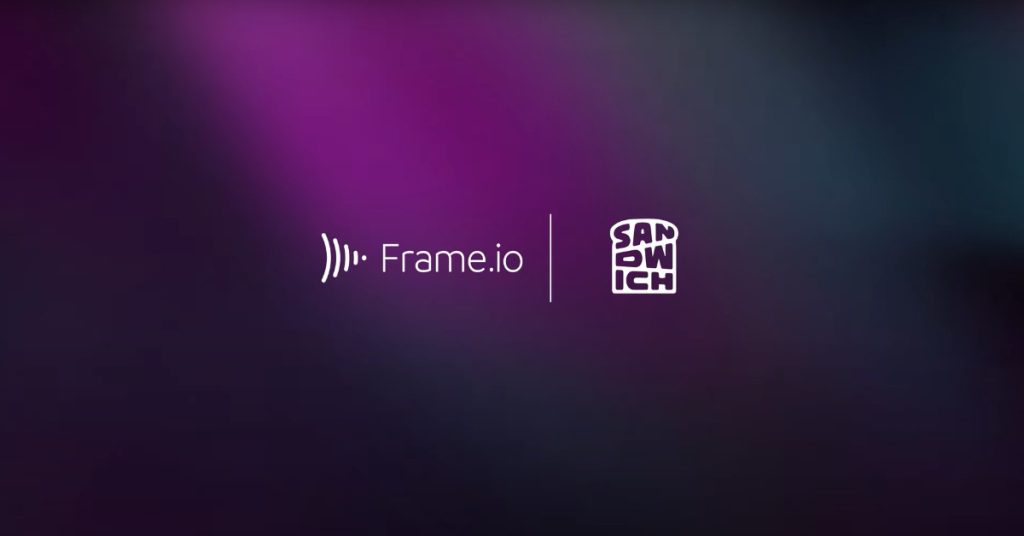
2. Wipster
It is similar to Frame.io. Wipster offers a simplified feedback and approval process, designed for teams that produce a high volume of videos for internal or external communications.
Its key features are:
- Annotated feedback
- Side-by-side version comparison
- Comment threads
- User permissions for clients
This tool is best for marketing teams and in-house content teams, who produce videos frequently with tight approval loops.
More About Wipster
- It offers smoother UX than Frame.io and is best for less technical users.
- It might lack power features needed for massive production pipelines.
Example
Companies like Shopify use Wipster to coordinate their corporate and marketing video workflows. It helps internal teams and freelancers across different locations to collaborate on script feedback, revisions, and final approvals with much greater speed.
Use This Tool If…
- You want intuitive feedback tools without a steep learning curve, or
- You manage stakeholder approvals with minimal technical back-and-forth.
3. Vimeo Pro/Enterprise
Vimeo offers robust privacy controls and team collaboration features, including customizable video portals, review tools, and analytics. Besides video hosting, it also offers private team collaboration, live streaming, and secure delivery, which makes it ideal for B2B and enterprise video needs.
Key features include:
- Video password protection
- Domain-level privacy
- Review pages with client comments
- Team workspaces
It is best for secure hosting, brand-controlled sharing and private client previews.
Use This Tool If…
- You need a secure platform for sharing and reviewing drafts.
- Your workflow includes delivering video content to stakeholders or customers.
- You require hosting that integrates with privacy policies or brand guidelines.
More About Vimeo
- It is constantly evolving. Recent upgrades include custom review pages, SSO, and advanced analytics.
- It is not ideal for heavy editing or versioning workflows.
- It is used by brands like Forbes and Deloitte.
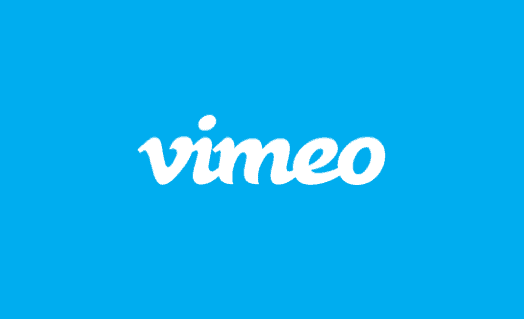
4. Riverside.fm
Riverside.fm is a remote video and audio recording platform that captures locally recorded and high-quality interviews with near-broadcast quality. It can record 4K videos and uncompressed audio, making it ideal for remote filming without sacrificing quality.
Its key features include:
- Separate local audio/video tracks
- Live streaming
- Magic Editor for quick cuts
- Screen sharing and presentations
It is perfect for remote interviews, testimonials, webinars and leadership messages.
More About Riverside
- It is rapidly growing and is popular among podcast-style video creators.
- It offers AI-powered editing tools, “Magic Editor”, and up to 4K resolution.
Use This Tool If…
- You want high-quality remote recordings with separate tracks.
- To produce content featuring remote guests, leaders, or subject matter experts.
- You need video and audio that looks/sounds like it was filmed in-studio.
5. Zencastr
Originally built for podcasting, Zencastr enables browser-based recording of separate audio and video tracks, aimed at remote interviews or podcasts. It is perfect for recording executive interviews, voiceovers, and internal communication videos.
Key features include:
- Separate HD tracks for each guest
- Browser-based (no download needed)
- Live editing dashboard
- Automatic post-production
It is best for podcast-style corporate video content and audio recordings.
Who Should Use It?
- Content teams who are doing audio-first video content.
- Small businesses or creators on a budget.
More About Zencastr
- It is a niche tool and slightly aging in comparison to newer tools like Riverside.
- There is some negative feedback around support, pricing, and UI bugs.
Use This Tool If…
- You’re producing casual, audio-focused content remotely
- You need multi-track recording without advanced editing requirements
- You want a basic, browser-based solution with minimal setup
Example
High‑profile creators and companies like Netflix, Spotify, Adobe, CBS, and The Guardian use Zencastr for remote podcast production. This tool enables them to record high‑quality audio interviews with guests, regardless of location.
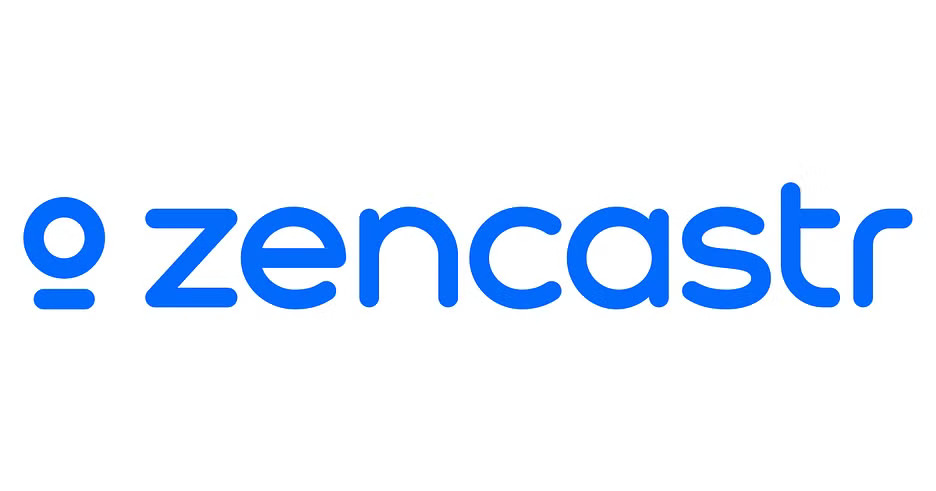
6. Descript
Descript is a revolutionary AI-powered video/audio editor where you can edit video and audio like a text document. It is a game-changer for content teams who aren’t traditional editors. It is fast, simple, and collaborative; ideal for script-based editing and remote teams.
Its key features include:
- Overdub (AI voice cloning)
- Transcription-based editing
- Remote commenting and collaboration
- Screen recording and webcam capture
More About Descript
- It is a rising star as it is rapidly gaining traction with content-first brands.
- Integrates AI tools like filler word removal, voice cleanup and overdubbing.
- Not fit for advanced editors needing color grading, effects, or motion graphics.
Use This Tool If…
- You want to turn long recordings into polished content quickly.
- You’re editing based on transcripts or scripts.
- You’re working across time zones and need collaborative editing in the cloud.
Example
Startups and thought‑leaders like Revelo use Descript to produce high‑quality thought‑leadership video and podcast content. It helps streamline production so that teams can go from recording to final edit in hours instead of days.
Remote Video Production Tool Comparison Table
| Tool | Best For | Editing Power | Feedback/Review | Hosting | Ideal Team Size | Key Weakness | |
| Frame.io | Post-production collaboration | High | Excellent | No | Medium–Large | Price, complex UI | |
| Wipster | Corporate video approvals | Medium | Very Good | No | Small–Medium | Lacks deep features | |
| Vimeo | Secure hosting + team reviews | Low | Good | Yes | Medium–Large | Not for editing | |
| Riverside | Remote interviews/testimonials | Low–Medium | N/A | No | Any | Not an editor | |
| Zencastr | Podcast-style video/audio | Low | N/A | No | Solo–Small | Stability issues | |
| Descript | Scripted/social/internal content | Medium | Good | No | Small–Medium | Not for cinematic editing | |
Case Study of Remote Video Production
Chili Piper, a B2B SaaS company, produces customer‑story and case‑study videos with its team and external stakeholders located in different cities. They use Riverside.fm for high‑quality remote recording and then deploy collaborative editing and feedback workflows to finish post‑production. This setup has helped them reduce cycle time, improve stakeholder satisfaction, and scale output without in‑person shoots.
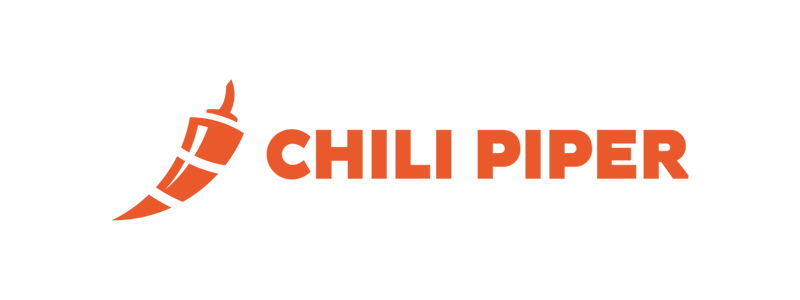
Conclusion: The Future of Video Production is Collaborative
With the right tools, creative teams can work smarter, faster, and more collaboratively, regardless of physical location. Embracing remote-friendly tools like Frame.io, Descript, and Vimeo will help your team stay agile, aligned, and ahead of the curve.
As AI and cloud technologies continue to evolve, you can expect even more seamless, intuitive, and intelligent collaboration workflows in the coming future.
Frequently Asked Questions (FAQs) related to Remote Video Production
Q1- What does “remote video” mean?
“Remote video” refers to video content that is recorded, edited, or produced by individuals or teams who are not physically in the same location. It allows creators, producers, and editors to collaborate virtually using online tools and cloud-based platforms, making remote video production possible, from anywhere in the world.
Q2- What is remote recording technology?
Remote recording technology enables users to capture high-quality video and audio from multiple locations using internet-connected devices. These tools often offer features like multi-camera syncing, cloud storage, and local file backups, enabling them to produce videos without being on-site.
Read More
What Benefits Remote Video Production Can Offer to You?
6 Practices for Sustainable Video Production: Creativity with Climate Responsibility
Is Rise in AI Adoption a Threat to Traditional Video Production?
Q3- What is remote video editing?
Remote video editing is the process of editing video footage from different locations using cloud-based editing software or remote desktop applications. Editors can access, organize, and cut footage stored in the cloud, collaborate with teams in real time, and export final content without needing to be in a traditional studio setting.
Q4- How to do remote recording?
To do remote recording:
- Choose a remote recording platform.
- Ensure all participants have a stable internet connection and quality recording equipment (webcam, microphone, etc).
- Schedule and host the recording session via the chosen platform.
- Record the session, which is usually saved locally or in the cloud.
- Download or share the files for editing.
Q5- How to edit videos remotely?
To edit videos remotely:
- Use cloud-based video editing tools (like Adobe Premiere Pro with cloud sync or others).
- Upload your footage to a shared cloud drive or the editing platform.
- Collaborate with editors or clients by sharing access or timelines.
- Edit the video using the online tools provided, which often include trimming, color grading, audio mixing, and more.
- Export and distribute the final video directly from the platform.
